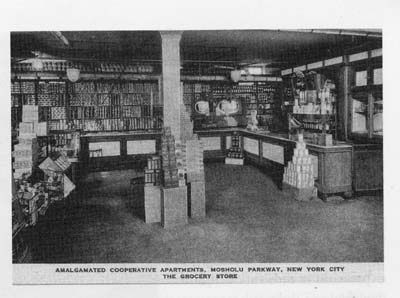Before we left the Johnston Family Campground in St Mary's Montana and Glacier National Park Debby bought a couple of cinnamon rolls from the Johnston Cafe. We ate one at breakfast and the other that evening. We ate breakfast at this cool rest stop on US 2 in Chester, MT across the street from the smallest diner I have ever seen.
We were headed for another Passport America discount campground on our way to Theodore Roosevelt National Park in North Dakota. The campground was supposed to be 12 miles east of Havre, MT but it turned out to be out of business or not yet opened for the season.This one looked more abandoned then the last one had. Many full and major time RV's swear they have saved a bundle by belonging to Passport America but it doesn't work for us and we won't renew. Rather then continue to the next town we turned back to Havre and camped at a campground attached to a Great Western Motel and gas station right in the town of Havre.
Debby had seen a listing in the AAA Guide Book for a "City Beneath The Streets" which piqued her interest. The listing claimed that "Many of the original buildings built in 1904 are now beneath the city streets". A fire early in the century destroyed the towns business center only the concrete and steel basements were left. The town leaders mandated brick buildings and several business couldn't afford to build so they relocated to this underground basement. The "The City Beneath the Streets" now includes several business from elsewhere in Havre and elsewhere in the State such as the Fort Assiniboine Post Office, the Havre; blacksmith shop, the grocer, the barbershop, dentist, some funeral parlor paraphernalia and pharmacy including the soda fountain as well as the original businesses. People donated the furnishings, tools and remainders of these businesses when they ceased operation.
Fort Assiniboine was the fort where two companies of African American Cavalry called Buffalo Soldiers by the Indians and immortalized by a recent film starring Danny Glover were stationed.
All in all it was a great museum and tour and reminded Debby and I of the stores we grew up with that were located in the basement of the Amalgamated building #1. The basement wasn't exactly underground but at and slightly below street level. We had a tailor, a pharmacy, a shoemaker, a barber a grocery store which later became our teen canteen and a tea room which became a nursery school by the time we were of nursery age.

While waiting for the tour we hung out and visited its above ground manifestation, a Railway Museum. Havre being a railroad town has a lot of railroad memorabilia in addition to an extensive model railroad, and old fire engine and many old railroad and business signs on the walls. Some of the signs were of interest to me so I photographed them.
As we left for the tour I decided to buy one of the signs, which was for sale, for a friend. I thought he might get a kick out of it. When we returned for the sign I noticed a plaque which honored the buildings donor and decided I needed this particular piece of American History for my web page.
The plaque speaks for itself. The Jewish peddler, department store, and in this case clothing store owner was quite common in rural America .
I have been saving the underground tour and its original businesses for last. Among the businesses was an Auto Machinists shop, a sausage factory and butcher shop, A Saloon
a Chinese safe house which subsequently became a Bordello. The Chinese worked on the railroad but were constantly being beaten by the "Whites" who accused them of taking "their" jobs so they needed a safe place to live where they wouldn't be harassed. The location was excellent for a Bordello but as you can see by the original numbers on the wall there wasn't much privacy.
and the bakery where they offered us some stale ginger snaps.
In addition to being a railroad town Havre is also a border town and it has dedicated this statue to honor the U.S. Border Patrol and the Canadian Mounted Police.
The next day we walked two miles on the town's main street to the site of a prehistoric Bison Jump known as Wahkpa Chu'gn. A Bison jump or kill site is a cliff where about 2000 years ago prehistoric man herded bison over a cliff to their deaths below. Those that weren't killed were quickly dispatched by the hunters waiting below. It was quite an effective way of obtaining groceries. Prehistoric man and Native Americans, unlike the Europeans that followed used the whole animal and didn't come close to exterminating the species. The bison were skinned and butchered at the site. Much of the meat was smoked for later use.
I even got to try out an Atlatl the device prehistoric man developed before the bow and arrow in order to improve his spear throwing. I didn't do to well though and probably would have starved had I needed it, to put groceries on my table.